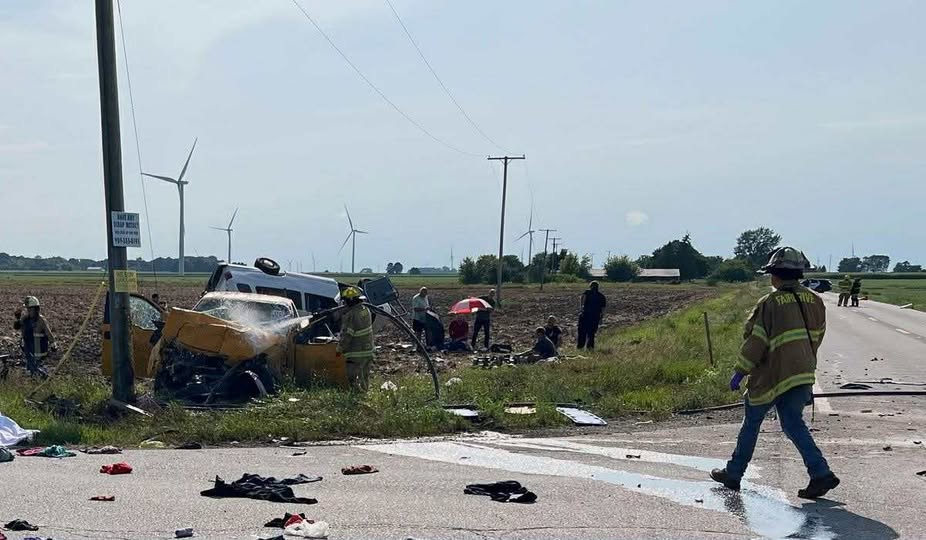Early Findings
Preliminary investigations by the Civil Police of Minas Gerais (PCMG) suggest that the truck’s movement into the wrong lane was a critical factor. Tire marks and debris patterns on the road provide clear evidence of the truck’s role in the collision.
Authorities also noted challenging conditions at the time, including rain, fog, and slick road surfaces. Experts caution that while the truck’s maneuver appears central, weather, visibility, and possible speed factors may have contributed. A full technical report from the PCMG is expected within 30 days to clarify responsibility.
Remembering the Victims
Among the 21 people involved, nine lost their lives, including men, women, and a child:
- A 4-year-old boy from Uberlândia (MG)
- A 29-year-old man from Crato (CE)
- A 33-year-old man from Trindade (PE)
- An elderly man, still unidentified, under investigation
The injured remain hospitalized with varying degrees of trauma, some having undergone emergency surgeries. Families across multiple states are now grappling with the reality of a sudden and heartbreaking loss.
Who Were the Passengers?
The van carried rural workers returning from seasonal harvests in Goiás-Minas border towns such as Prata, Araguari, and Catalão. Their journey, intended to reunite them with families, tragically ended in catastrophe.
Authorities confirmed that the van was unauthorized for interstate passenger transport. This irregularity highlights a larger issue in Brazil, where vulnerable workers often rely on informal, unsafe vehicles for travel. Such options are more affordable but carry significant safety risks.
Accountability and Response
The truck involved belonged to OPR Logística, a transport company with nearly 30 years of operations. The company expressed condolences and pledged cooperation with authorities, emphasizing safety as a priority.
ANTT, the National Land Transport Agency, confirmed it will assist investigators, providing data on unauthorized passenger transport and highlighting systemic issues in the sector. Labor advocates note the accident reflects a broader need for enforcement of transport regulations, safer roads, and protections for vulnerable workers.
A Wider Concern
Beyond the immediate tragedy, this accident underscores the fragility of Brazil’s highways. BR-251, especially in northern Minas Gerais, has long been considered high-risk due to a combination of weather, traffic, and infrastructure challenges. Experts stress that stricter oversight of heavy vehicles, improved road maintenance, and regulation of passenger transport could prevent similar disasters.
The Road Ahead
Police investigations will be key in determining responsibility. Meanwhile, families in Minas Gerais, Ceará, and Pernambuco mourn the loss of loved ones who left home to work and never returned. The broader issue—the safety of rural workers and the condition of Brazil’s highways—remains pressing.
This tragedy serves as a stark reminder of the need for stronger infrastructure, stricter enforcement, and community awareness to prevent future accidents. The hope is that lessons from this incident will lead to meaningful change.
Road safety affects us all, from drivers to passengers and communities. What measures do you think Brazil should prioritize to prevent tragedies like this? Share your thoughts in the comments and join the conversation about protecting lives on the road.
